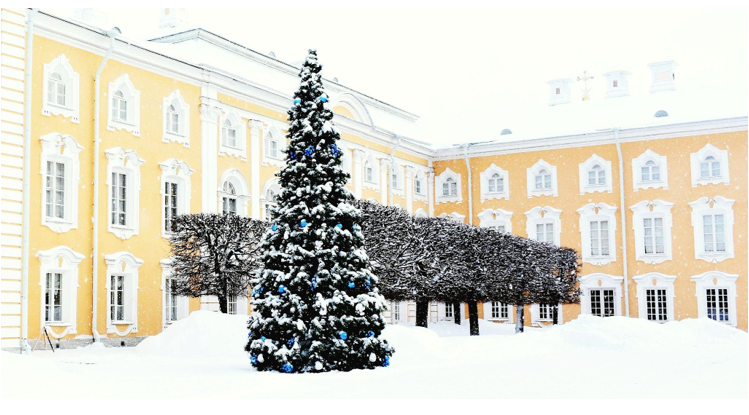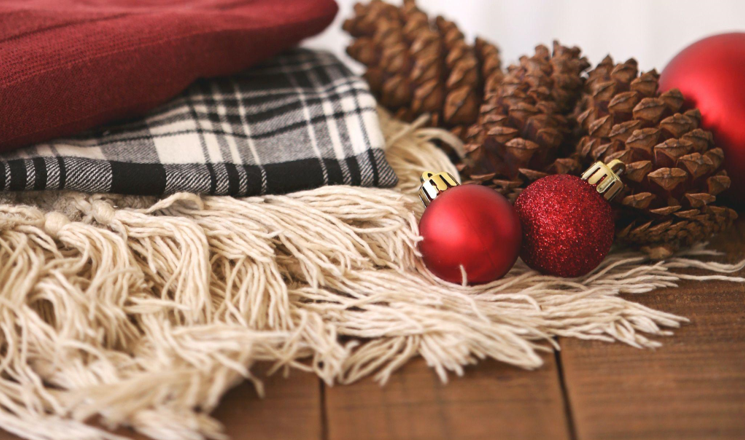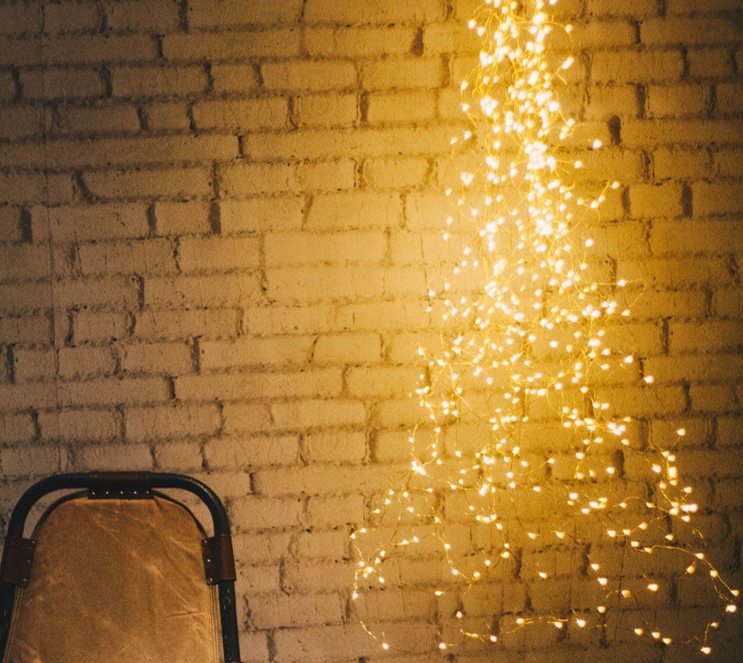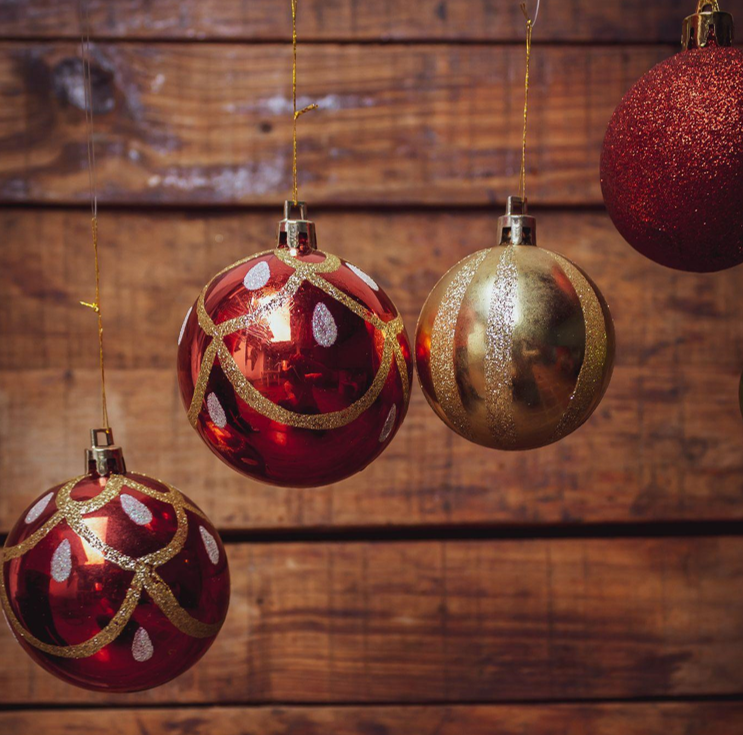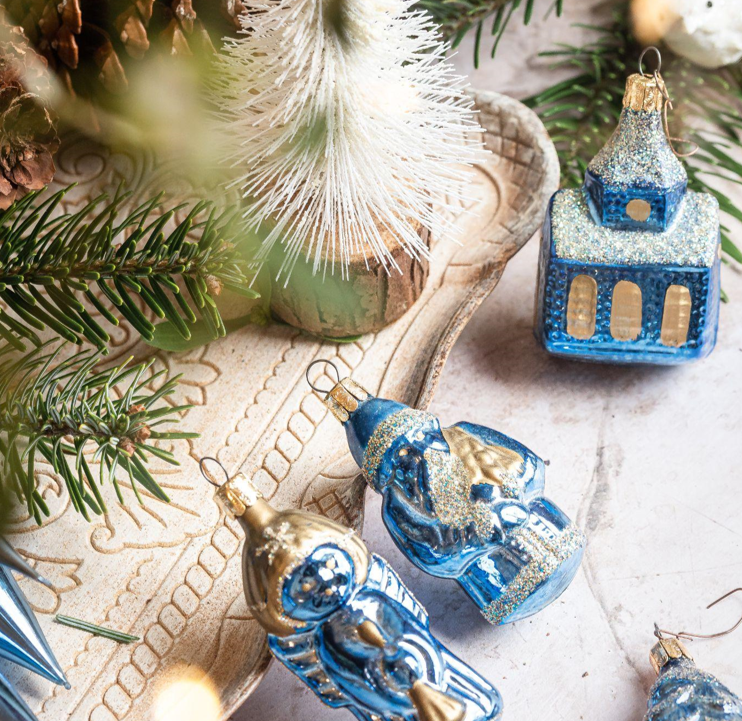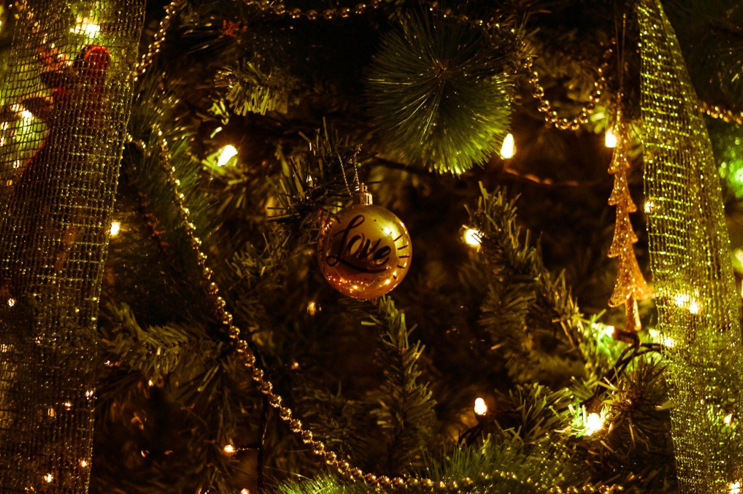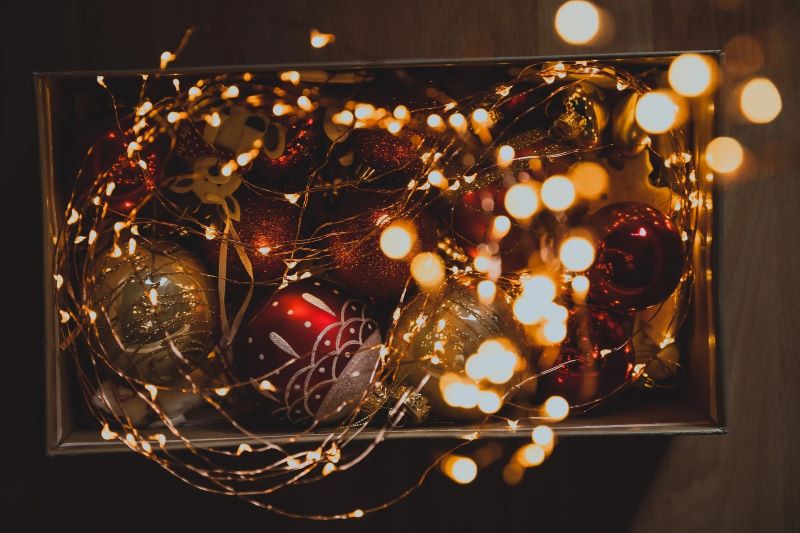Adorn Your Home with a Prelit Christmas Tree and Celebrate Christmas Eve in Style
Celebrate the Festive Season with a Prelit Christmas Tree
The festive season is here, and what better way to bring the snowy winter days to life than with a beautiful and prelit Christmas tree adorned with colorful beads and symbols? A prelit Christmas tree is an excellent addition to any home, as it adds a touch of elegance and warmth to your festive celebrations. Prelit Christmas trees can be a perfect fit for any setting, whether in your living room, office, or garden.
There are many styles and sizes of prelit Christmas trees, from a small tabletop tree to a towering, grand tree that can reach up to 12 feet. You can also find trees with unique features, such as fiber optics, pre-decorated Christmas trees, and energy-efficient LED lights.
A prelit Christmas tree can create a stunning centerpiece in your home, or you could decorate your porch or garden to brighten your holiday spirit. The colors and decorations of prelit Christmas trees are limitless and can perfectly complement your home décor.
Bring Home a Lit Christmas Tree with Beads and Symbols
Christmas is a time for joy, warmth, and sharing love and affection with your loved ones. Pre-lit Christmas trees can help you achieve this goal. They come in different styles and designs, whether traditional, modern, or new. Pre-lit Christmas trees adorned with colorful beads and symbols create a beautiful festive atmosphere in your home.
The colorful and elegant beads hanging from the tree branches and the symbolic decorations, such as stars, angels, and other ornaments, add to the peaceful and tranquil aura of the holiday season. The sparkling lights of the prelit Christmas tree enhance the beauty of the beads and symbols and create an enchanting ambiance.
The best part about prelit Christmas trees is that they’re easy to assemble and disassemble, which makes them an excellent investment for future festive celebrations. You’ll be able to enjoy your prelit Christmas tree for years to come, allowing you to create magical and unforgettable memories with your loved ones.
In conclusion, prelit Christmas trees are an excellent way to bring warmth and joy to your home this festive season. Whether you want to create a stunning centerpiece or decorate your porch, these trees are perfect for creating a beautiful and festive atmosphere. Don’t hesitate to invest in a prelit Christmas tree adorned with colorful beads and symbols. Celebrate Christmas Eve in style, and bring the holiday spirit home.
